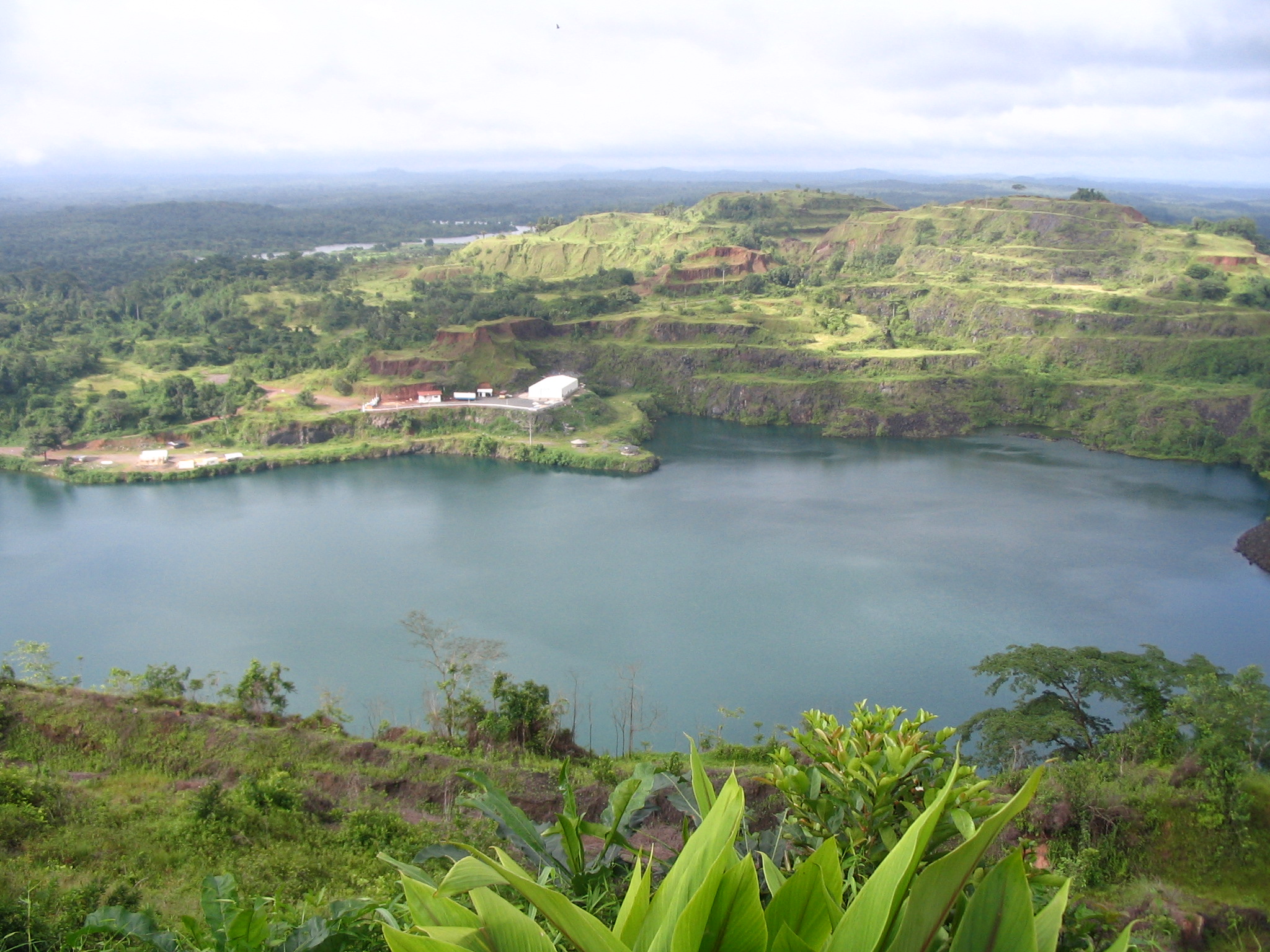A Royal Wedding in the Sahara
by Peter Tinti
Overview
The day began with an unambitious attempt to photograph the Grand Mosque in Agadez, Niger. It turned into a rendezvous with the Sultan of Aïr and an opportunity to attend a royal wedding. Here are my photos and audio recordings from that day.
Published March 24, 2014
AGADEZ, Niger — I started my Saturday morning in Agadez as most visitors might, walking to its famous
Grand Mosque to prepare for a photo shoot. O
riginally built in 1515 and restored in 1844, the magnificent mud and clay structure is one of the most iconic images of Saharan culture.
The mosque sits adjacent to the palace of the Sultan of Aïr, the traditional ruler of Agadez and a broader area known as the Aïr.
Agadez was first established as a Sultanate in the 1400s, and though the empires that once dominated this region — Songhai, Ottoman, French — have come and gone, the Sultanate remains.
Thanks to its location at the southern edge of the Sahara, Agadez has long thrived as a crossroads, linking north African oases and the mediterranean coast to Saharan cities such as Timbuktu and sub-Saharan commercial centers such as Kano.
These days, Agadez still exists as a diverse, cosmopolitan trading hub, functioning as a desert outpost where licit and illicit goods — food, fuel, narcotics, arms, people — are transported and trafficked freely in all directions.
I arrived at the center of town to ask permission to photograph the mosque later that evening from inside the palace grounds. The shopkeepers outside the palace told me that taking pictures should not be a problem. They advised me to come back in a few hours when an important wedding would be taking place.
When I returned, my interlocutors from earlier that day had arranged for me to meet with
Oumarou Ibrahim Oumarou, the Sultan of Aïr. With the Sultan’s blessing, I spent the day shooting photos of a wedding ceremony on the palace grounds. On this particular day,
two marriages were taking place, both of which involved relatives of the Sultan.
I also recorded music and ambient sound from various parts of the ceremony.
In the mid-morning, the courtyard at the palace of the Sultan of Aïr is relatively quiet, with only a few people having gathered in advance of the wedding ceremony to take place in the early afternoon.
I had to go through several interlocutors before I could meet with the Sultan. One of them was this man, who is a Dogari, or traditional guard of the Sultan.
Oumarou Ibrahim Oumarou, the Sultan of Aïr.
As I waited with various nobles and extended family of the Sultan, several of them asked me to take their photo.
The Sultan and his extended family are ethnic Hausa.
Though the Hausa are spread across several countries in West Africa, a specific concentration of Hausa have lived in Agadez for centuries. The area around the palace remains a predominantly Hausa neighborhood. The rest of Agadez is a mosaic of ethnicities and communities, including Tuaregs, Arabs, Fulani, and Toubou.
A musician begins playing the algaita, a local horn whose sound is inextricably associated with the Hausa sultanates of Niger and Nigeria.
The algaita is only to be played at ceremonies affiliated with the Sultan.
A man sings as he plays the goge, a stringed instrument played with a bow, outside the door of the brides-to-be.
A traditional drummer talks with one of the Sultan’s guards.
Drummers and horn players lead women to the palace courtyard. Until this point, these women had been waiting in separate quarters near the fabled Grand Mosque of Agadez.
Having spent hours in the morning gathering to prepare for the ceremony, the women arrive at the palace courtyard where the wedding will take place.
In a different building down the street, one of the two grooms prepares for his procession toward the palace.
Traditional guards lead the procession, followed by musicians and finally, friends and family of the groom.
The horns and drums can be heard throughout the center of the city, echoing through the mud brick alleyways.
Close friends and family sit with the groom, as a larger crowd assembles.



 , I didn't really do too much partying and didn't make it to stone town.. I stayed in the south side of the island (Jambiani) for a few days, it was real chill out there the pics was from my resort, I would say that's more of a take a girl and chill type of spot.. Then I went to the tourist area (Kendwa) for a day and it was popping out there,
, I didn't really do too much partying and didn't make it to stone town.. I stayed in the south side of the island (Jambiani) for a few days, it was real chill out there the pics was from my resort, I would say that's more of a take a girl and chill type of spot.. Then I went to the tourist area (Kendwa) for a day and it was popping out there, they have the half moon parties out there and a whole lot of spots to hang out
they have the half moon parties out there and a whole lot of spots to hang out . We did the safari blue tour which was dope, it included boat ride, snorkeling, went to a few islands where they served bbq
. We did the safari blue tour which was dope, it included boat ride, snorkeling, went to a few islands where they served bbq .. I want to go back to try the safari........ I think, I don't know if I am about that life tho..
.. I want to go back to try the safari........ I think, I don't know if I am about that life tho.. that shyt was crazy there were people everywhere in the streets wearing all types of face paint and shyt.. Like 10 piled up in the back of a pickup truck or van riding around with signs and all kinds of shyt..
that shyt was crazy there were people everywhere in the streets wearing all types of face paint and shyt.. Like 10 piled up in the back of a pickup truck or van riding around with signs and all kinds of shyt.. for some reason that disappointed me..
for some reason that disappointed me..
